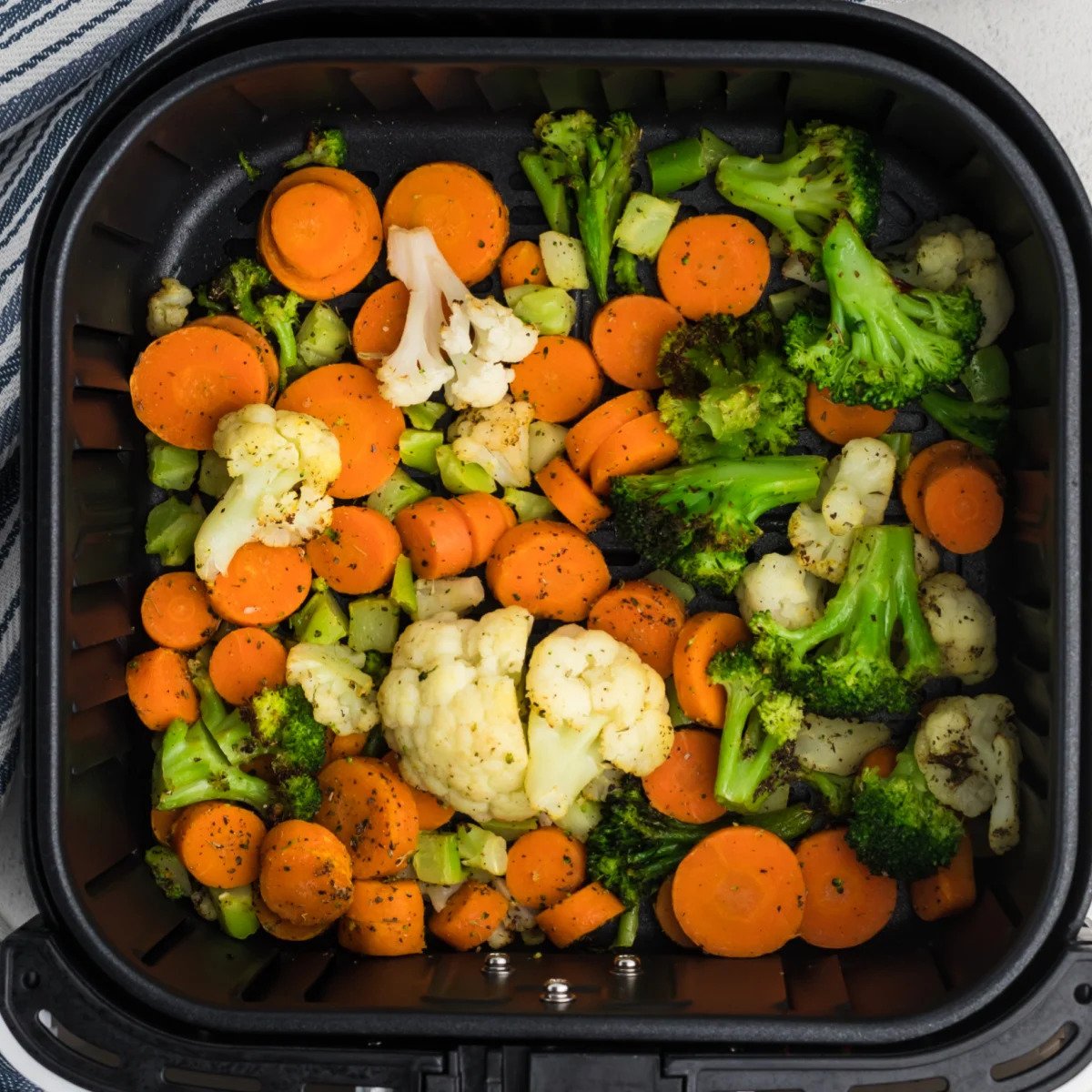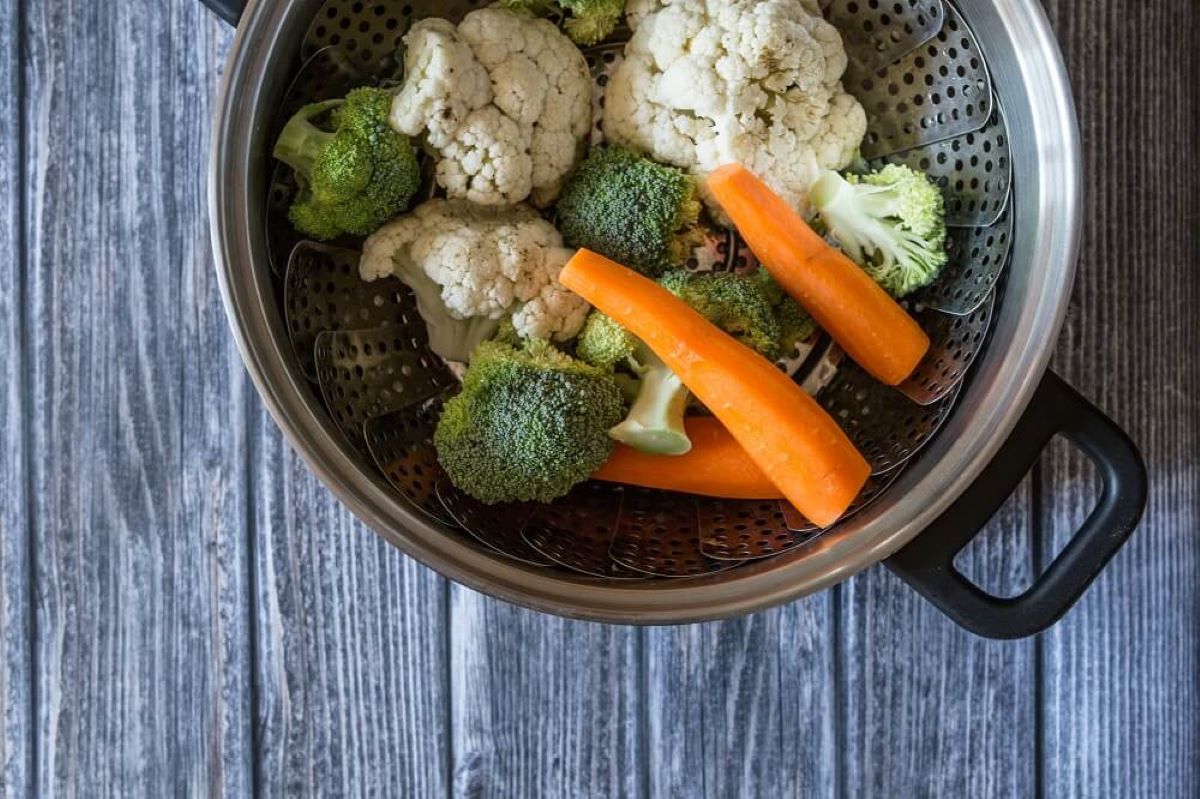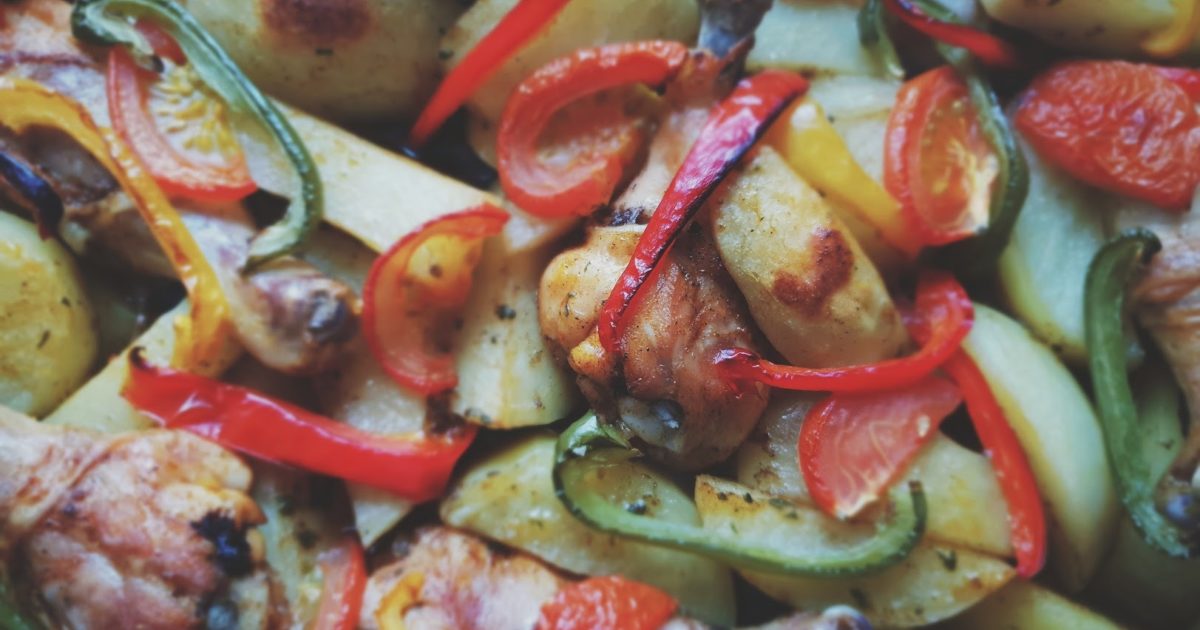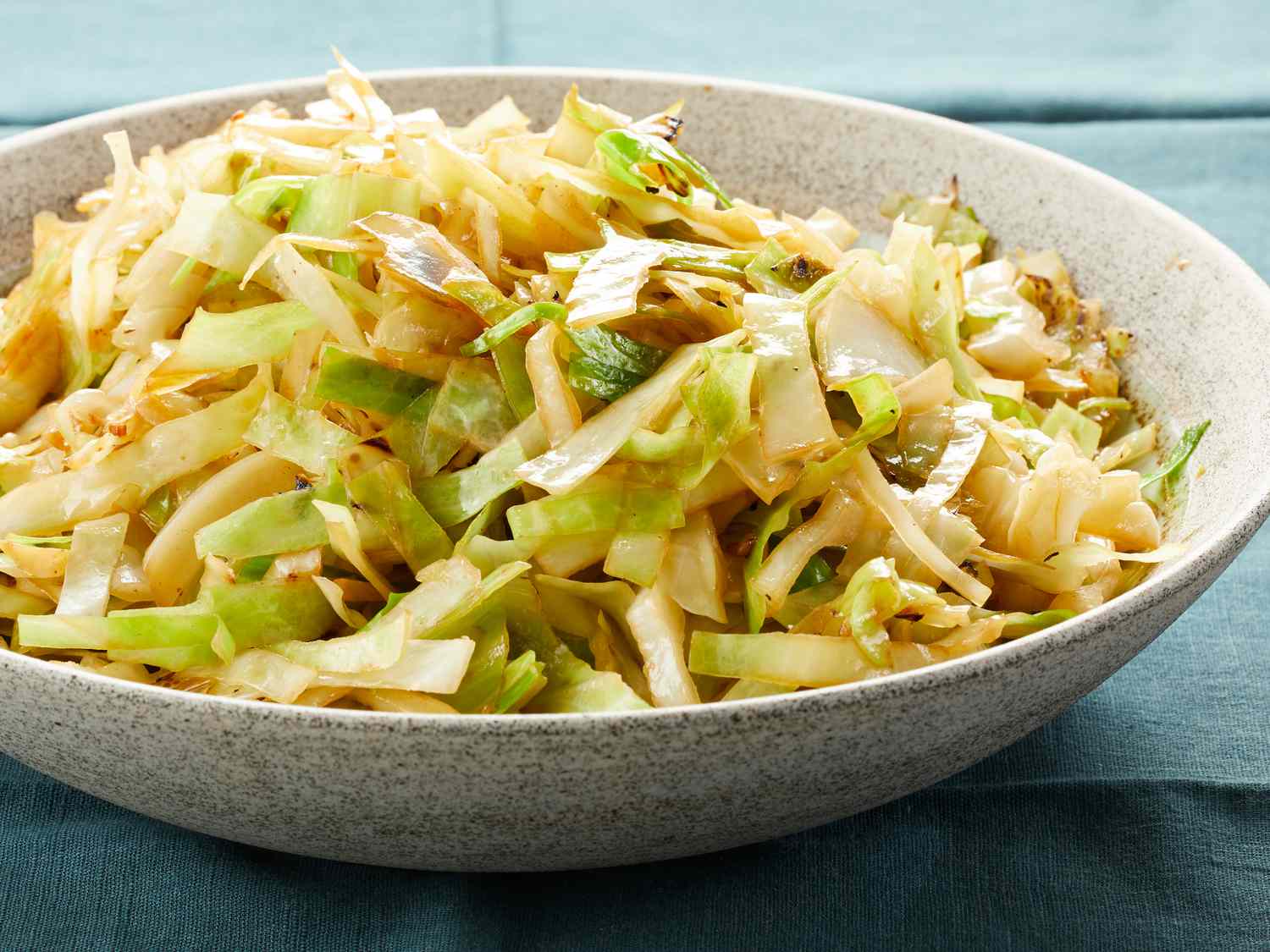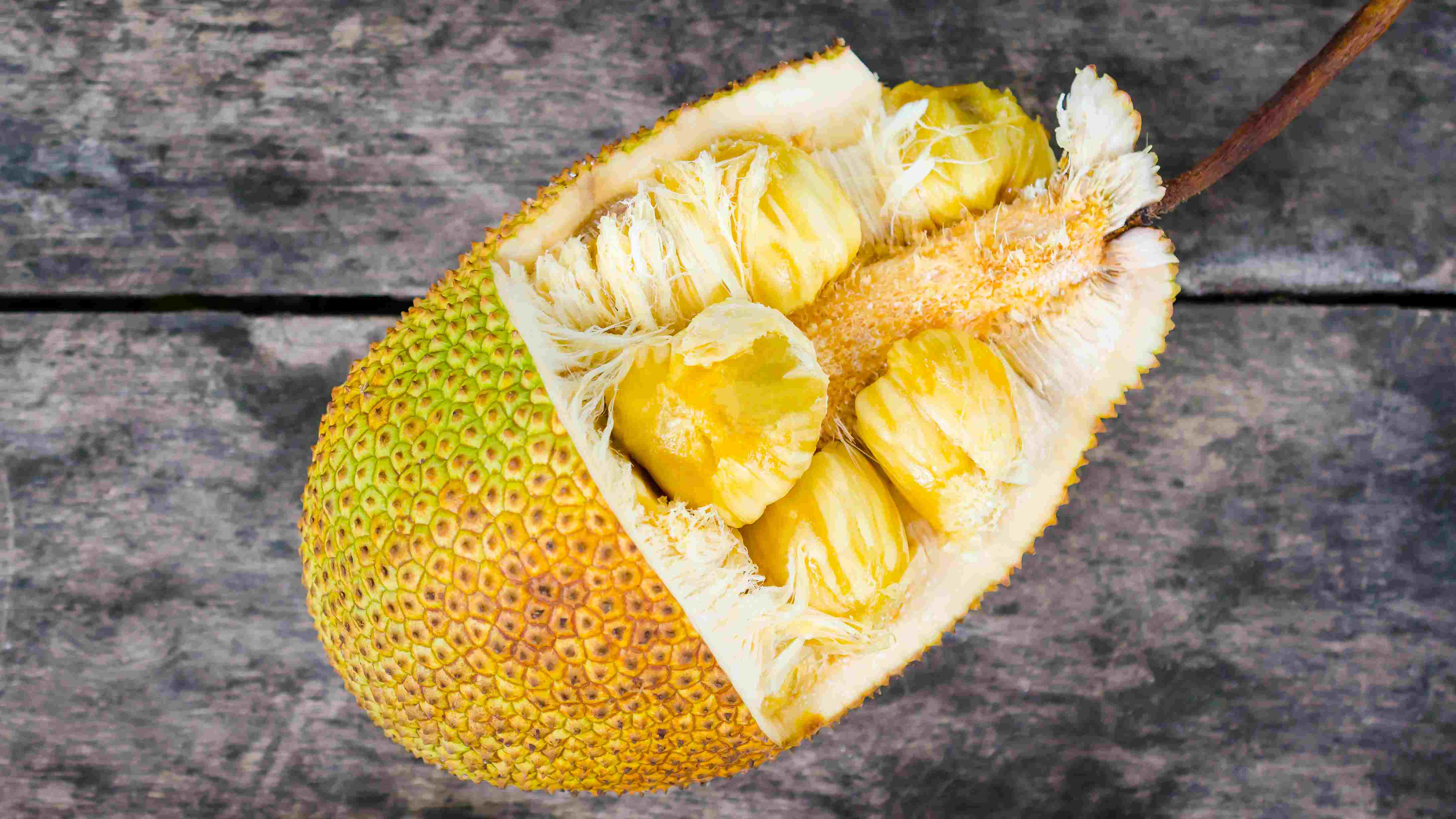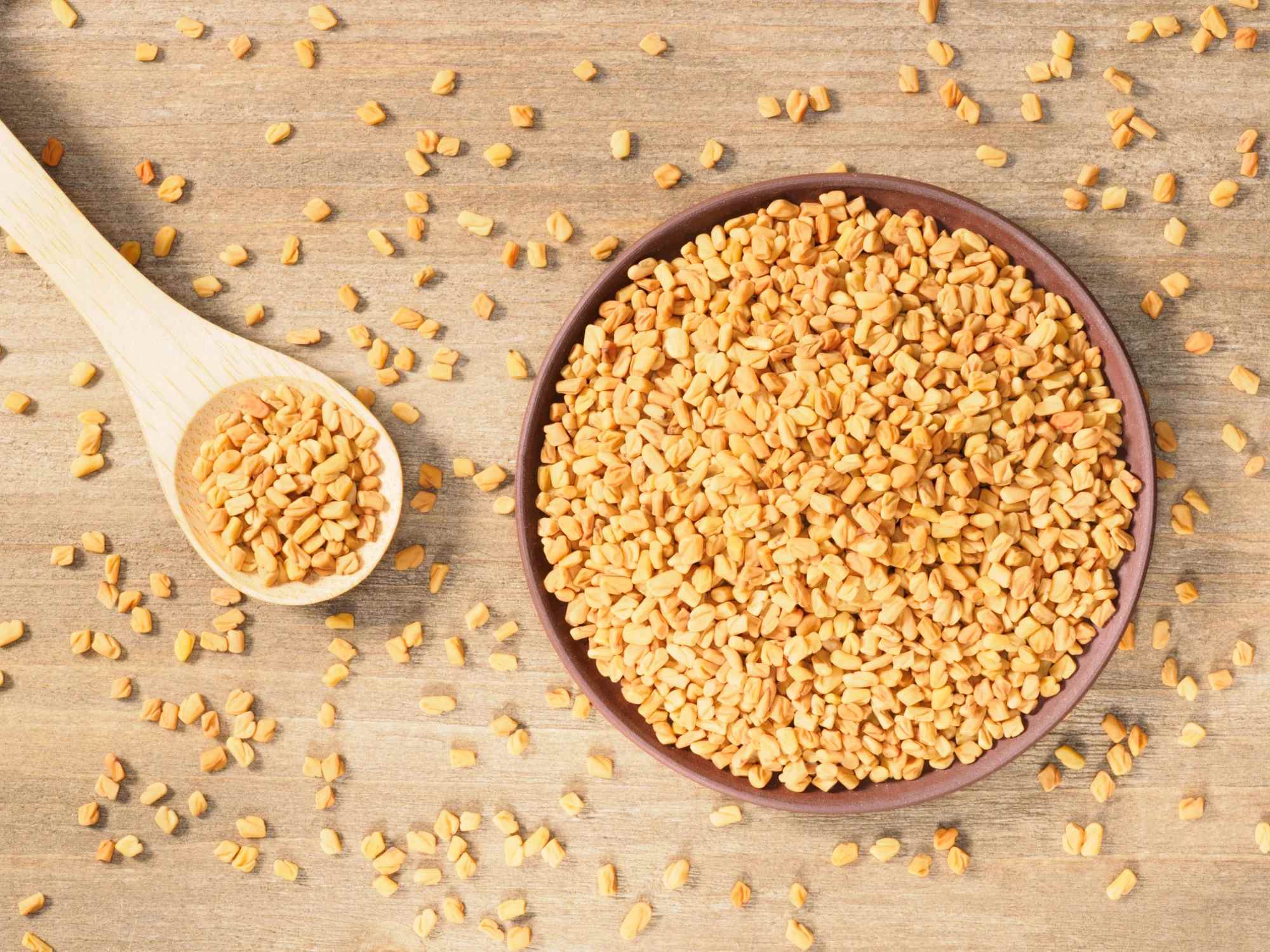Home>Gardening News and Trends>Latest News>How To Cook Vegetables For Fajitas


Latest News
How To Cook Vegetables For Fajitas
Modified: January 22, 2024
Learn the latest news on how to cook vegetables for fajitas and create delicious and healthy Mexican-inspired meals at home. Discover tips, techniques, and flavorful recipes!
(Many of the links in this article redirect to a specific reviewed product. Your purchase of these products through affiliate links helps to generate commission for Chicagolandgardening.com, at no extra cost. Learn more)
Table of Contents
Introduction
When it comes to preparing a delicious and flavorful meal, fajitas are a fantastic option. While you may associate fajitas with sizzling strips of meat, there is also a delightful vegetarian version – vegetable fajitas. Packed with vibrant colors and robust flavors, vegetable fajitas are a nutritious and satisfying choice for any occasion.
Vegetable fajitas offer a wide array of culinary possibilities, allowing you to experiment with different vegetables, seasonings, and cooking techniques. By selecting the right combination of vegetables and preparing them with care, you can create a mouthwatering dish that will impress your family and friends.
In this article, we will guide you through the process of cooking vegetables for fajitas, from choosing the right vegetables to mastering different cooking methods. Whether you are a seasoned cook or just starting your culinary journey, you will find helpful tips and techniques to elevate your vegetable fajitas to a whole new level.
So, let’s dive into the world of vegetable fajitas and discover how to create a tantalizing dish that will delight your taste buds!
Choosing the Vegetables
When it comes to vegetable fajitas, the key is to select a variety of vegetables that will complement each other both in flavor and texture. Opt for vegetables that are firm and fresh, as they will hold up well during cooking and provide a satisfying crunch.
Here are some vegetables commonly used in vegetable fajitas:
- Bell peppers: Choose a mix of vibrant colors like red, green, and yellow for a visually appealing presentation. Bell peppers add a sweet and slightly smoky flavor to the fajitas.
- Onions: Red or white onions work well in fajitas. They provide a distinct pungent flavor and a hint of sweetness when cooked.
- Zucchini: This versatile summer squash adds a subtle earthiness and a tender texture to the fajitas.
- Mushrooms: Use various types of mushrooms such as cremini, portobello, or shiitake to add a savory umami flavor to the fajitas.
- Carrots: Slice carrots into thin strips to add a touch of natural sweetness and a vibrant orange color.
- Broccoli: Cut broccoli florets into bite-sized pieces for a pop of green and a slight crunch.
These are just a few examples, but feel free to get creative and experiment with other vegetables that you enjoy. Consider adding vegetables like corn, asparagus, or even sweet potatoes to add more depth and variety to your fajitas.
It’s important to note that when selecting vegetables, opt for organic and locally sourced produce whenever possible. This not only ensures the best flavor but also supports sustainable and healthy farming practices.
Now that you know which vegetables to choose, let’s move on to the next step: preparing them for your vegetable fajitas.
Preparing the Vegetables
Before you start cooking your vegetable fajitas, it’s important to properly prepare the vegetables to ensure they cook evenly and retain their texture and flavor. Here are some essential steps to follow:
- Wash and dry the vegetables: Thoroughly rinse your vegetables under cold water to remove any dirt or debris. Pat them dry with a clean kitchen towel or paper towels to prevent excess moisture during cooking.
- Slice or chop the vegetables: Depending on your preference and the cooking method you choose, slice or chop the vegetables into uniform pieces. For bell peppers and onions, you can cut them into thin strips. Zucchini, carrots, and broccoli can be sliced into similar-sized pieces for even cooking.
- Remove seeds and membranes: When preparing bell peppers, remove the seeds and white membrane inside. This will enhance the texture and remove any bitterness.
- Marinate the vegetables (optional): To add an extra layer of flavor, you can marinate the vegetables before cooking. Prepare a marinade using olive oil, lime juice, minced garlic, and your choice of herbs and spices. Toss the vegetables in the marinade and let them sit for at least 15 minutes to absorb the flavors.
Properly preparing the vegetables ensures that they are ready to be cooked and allows for efficient and even cooking. By following these steps, you will be well on your way to creating delicious vegetable fajitas bursting with flavor.
Now that the vegetables are ready, it’s time to move on to the next step: seasoning your fajitas to perfection.
Seasoning for Fajitas
Seasoning is an essential step in creating flavorful vegetable fajitas. The right combination of spices and herbs will elevate the taste of the vegetables and give your fajitas a delicious and well-rounded flavor profile. Here are some popular seasonings for fajitas:
- Fajita seasoning blend: You can easily find pre-made fajita seasoning blends at the grocery store. These typically include a mix of spices like chili powder, cumin, paprika, garlic powder, and onion powder. Follow the instructions on the packaging or adjust the amount according to your taste preferences.
- Individual spices: If you prefer to create your own seasoning blend, consider using a combination of chili powder, cumin, paprika, garlic powder, onion powder, oregano, and a pinch of cayenne pepper for some heat. Adjust the amounts of each spice to suit your taste.
- Fresh herbs: Adding fresh herbs like cilantro or parsley to your fajitas can add a fresh and vibrant flavor. Finely chop the herbs and sprinkle them on top of the cooked vegetables before serving.
When it comes to seasoning, remember that you can always adjust the flavors to your liking. Start with a moderate amount and gradually add more as needed. Taste as you go to ensure the perfect balance of flavors.
For those who enjoy a little tanginess, consider squeezing some fresh lime juice over the cooked vegetables. This will enhance the flavors and bring a bright and citrusy element to your fajitas.
Now that you’ve seasoned your vegetables to perfection, it’s time to explore the different cooking methods for vegetable fajitas.
Cooking Methods
When it comes to cooking vegetable fajitas, there are several methods you can choose from, each offering a unique flavor and texture. Let’s explore three popular cooking methods for vegetable fajitas: grilling, sautéing, and roasting.
- Grilling: Grilling the vegetables adds a smoky and charred flavor that pairs perfectly with fajitas. Preheat your grill to medium-high heat and lightly oil the grates to prevent sticking. Place the vegetables on the grill and cook for a few minutes on each side until they are tender and have beautiful grill marks. Keep an eye on the vegetables to prevent them from burning. Once grilled, remove the vegetables from the heat and let them cool slightly before slicing.
- Sautéing: Sautéing the vegetables in a hot skillet with a little oil allows for quick and flavorful cooking. Heat a tablespoon of oil in a large skillet over medium-high heat. Add the sliced vegetables to the skillet and cook for 5-7 minutes, stirring occasionally, until they are tender-crisp. Be mindful not to overcrowd the skillet to ensure even cooking. Once sautéed, remove the vegetables from the heat and set them aside.
- Roasting: Roasting the vegetables in the oven brings out their natural sweetness and creates a caramelized and rich flavor. Preheat your oven to 425°F (220°C). Spread the vegetables in a single layer on a baking sheet lined with parchment paper. Drizzle with olive oil and sprinkle with your desired seasonings. Roast for 20-25 minutes, tossing the vegetables halfway through, until they are tender and golden brown. Remove from the oven and let them cool slightly before serving.
Each cooking method offers a unique texture and flavor profile, so feel free to experiment and find your favorite method. Whether you choose to grill, sauté, or roast, the end result will be delicious vegetable fajitas that are sure to impress.
With the vegetables cooked to perfection, it’s time to assemble your vegetable fajitas. Let’s move on to the next step.
Grilling the Vegetables
Grilling the vegetables for your fajitas is a fantastic way to infuse them with a smoky and charred flavor. The grilling process adds depth and complexity to the vegetables, enhancing their natural sweetness and creating a unique taste. Here’s how you can grill your vegetables for perfect fajitas:
- Preheat the grill: Start by preheating your grill to medium-high heat. This allows for optimal cooking and creates those desirable grill marks.
- Prepare the vegetables: While the grill is preheating, slice the vegetables into even-sized pieces. Bell peppers can be cut into thick strips, onions into rounds, and zucchini into thick slices.
- Oil the grill: Lightly brush the grill grates with oil to prevent the vegetables from sticking. This also helps achieve beautiful grill marks and adds a subtle charred flavor.
- Grill the vegetables: Place the vegetables on the preheated grill in a single layer. Cook them for a few minutes on each side, flipping them gently with tongs, until they are tender and slightly charred. The cooking time will vary depending on the thickness of the vegetables, so keep an eye on them to prevent burning.
- Remove and let cool: Once the vegetables are grilled to perfection, remove them from the grill and transfer them to a plate or cutting board. Let them cool slightly before slicing.
- Slice and serve: Once the vegetables have cooled, slice them into smaller, bite-sized pieces if desired. They are now ready to be enjoyed in your vegetable fajitas!
Grilling the vegetables adds a wonderful smoky flavor and creates a visually attractive dish. The slight char on the vegetables adds a depth of flavor that perfectly complements the other ingredients in your fajitas.
Now that your vegetables are grilled to perfection, it’s time to explore the next cooking method: sautéing.
Sautéing the Vegetables
Sautéing the vegetables is a quick and easy way to cook them for your vegetable fajitas. This method allows for even cooking and results in vegetables that are tender-crisp and full of flavor. Follow these steps to sauté the vegetables to perfection:
- Prepare the vegetables: Start by slicing the vegetables into uniform pieces. Bell peppers can be cut into thin strips, onions into half-moons, and zucchini into thick slices. Keep the vegetables similar in size to ensure even cooking.
- Heat the skillet: Place a large skillet on the stovetop over medium-high heat. Let it heat for a minute or two until it is hot.
- Add oil and vegetables: Drizzle a tablespoon of oil, such as olive oil or vegetable oil, into the hot skillet. Add the sliced vegetables to the skillet and spread them out in an even layer.
- Sauté the vegetables: Cook the vegetables for about 5-7 minutes, stirring occasionally with a spatula or tongs. The vegetables will become tender-crisp and slightly charred around the edges. Be careful not to overcook them, as you want to retain their vibrant colors and textures.
- Remove from heat and serve: Once the vegetables are cooked to your desired doneness, remove the skillet from the heat. Transfer the sautéed vegetables to a plate or bowl and let them cool slightly before assembling them into your vegetable fajitas.
Sautéing the vegetables brings out their natural flavors and creates a delightful texture. The high heat ensures a quick cooking process, making it a convenient option for weeknight meals or when you’re short on time.
Now that the vegetables are sautéed to perfection, it’s time to explore the next cooking method: roasting.
Roasting the Vegetables
Roasting the vegetables is a fantastic cooking method that intensifies their flavors and brings out their natural sweetness. This method caramelizes the edges of the vegetables, resulting in a rich and slightly charred taste. Follow these steps to roast the vegetables for your vegetable fajitas:
- Preheat the oven: Start by preheating your oven to 425°F (220°C). This high temperature will ensure that the vegetables roast evenly and develop a delicious golden color.
- Prepare the vegetables: Slice the vegetables into similar-sized pieces for even cooking. Bell peppers can be cut into strips, onions into wedges, and zucchini into thick slices.
- Toss with oil and seasonings: Place the sliced vegetables on a baking sheet lined with parchment paper. Drizzle them with olive oil and sprinkle with your desired seasonings, such as salt, pepper, and any other spices of your choice. Toss the vegetables gently to evenly coat them with the oil and seasonings.
- Roast in the oven: Place the baking sheet with the prepared vegetables in the preheated oven. Roast them for about 20-25 minutes, tossing them halfway through the cooking time. The vegetables should be tender and slightly caramelized with a beautiful golden color.
- Remove from the oven and cool: Once the vegetables are roasted to perfection, remove the baking sheet from the oven. Allow the vegetables to cool slightly before using them in your vegetable fajitas.
Roasting the vegetables in the oven brings out their natural sweetness and creates a delectable depth of flavor. The slightly charred edges add a delicious smokiness to your fajitas, making them truly irresistible.
Now that you have roasted the vegetables for your fajitas, it’s time to move on to the next step: assembling the fajitas with the cooked vegetables.
Assembling the Fajitas
Now that you have cooked the vegetables, it’s time to bring everything together and assemble your vegetable fajitas. The assembly process is where you get to showcase your creativity and personalize your fajitas to suit your tastes. Here’s how to assemble your vegetable fajitas:
- Choose your tortillas: Select your preferred type of tortillas, such as flour tortillas or corn tortillas. Heat them according to the package instructions or lightly toast them over an open flame for added flavor.
- Spread a layer of condiments: Start by spreading a generous dollop of your favorite condiments on the tortilla, such as guacamole, sour cream, or salsa. These add extra creaminess and enhance the overall flavor of the fajitas.
- Add the cooked vegetables: Place a generous amount of the cooked vegetables on top of the condiments. Use a variety of colors and textures to make your fajitas visually appealing.
- Optional protein: If you prefer, you can add a protein element to your vegetable fajitas. Grilled tofu, black beans, or seitan are popular vegetarian options that bring added protein and texture to the dish.
- Garnish with extras: Sprinkle your fajitas with additional toppings for added flavor and crunch. Common garnishes include shredded cheese, chopped cilantro, diced tomatoes, and sliced jalapeños.
- Roll up and secure: Carefully fold and roll the tortilla, encasing the fillings inside. Secure it with a toothpick or wrap it in foil to prevent the fajita from unraveling while you eat.
Remember, the beauty of fajitas is that they can be customized to suit your preferences. Feel free to experiment with different condiments, toppings, and protein options to create a fajita that is uniquely yours.
Once you have assembled your vegetable fajitas, it’s time to serve and enjoy this flavorful and satisfying meal.
Serving and Enjoying
Now that your vegetable fajitas are assembled, it’s time to serve and savor the delicious flavors you’ve created. Here are some tips on how to serve and enjoy your vegetable fajitas:
- Present beautifully: Arrange the assembled fajitas on a platter or individual plates, ensuring that the colorful vegetables and enticing fillings are on display. This adds to the visual appeal of the dish.
- Accompanying sides: Serve your vegetable fajitas with some traditional sides like Mexican rice, refried beans, or a fresh salad. These sides complement the fajitas and provide a well-rounded meal.
- Squeeze of lime: Before taking your first bite, squeeze a splash of fresh lime juice over your fajitas. This brings a zesty and refreshing flavor that enhances the overall taste experience.
- Dips and salsas: Offer a variety of dipping sauces and salsas on the side for extra flavor. Guacamole, salsa verde, or a tangy yogurt-based sauce are fantastic accompaniments that add a creamy and tangy element to your fajitas.
- Enjoy with family and friends: Fajitas are a fun and interactive meal, so gather your family and friends around the table to enjoy them together. The shared experience makes for a lively and enjoyable dining occasion.
- Eat with your hands: One of the joys of fajitas is the hands-on eating experience. Pick up the filled tortilla, taking care not to let any fillings escape, and savor each flavorful bite.
Remember to take your time and savor the flavors and textures of your vegetable fajitas. Enjoy the combination of the charred vegetables, the creamy condiments, and the burst of flavors from the toppings.
So, whether you’re hosting a gathering or simply enjoying a meal at home, these vegetable fajitas are sure to satisfy both your taste buds and your desire for a wholesome and flavorful meal.
